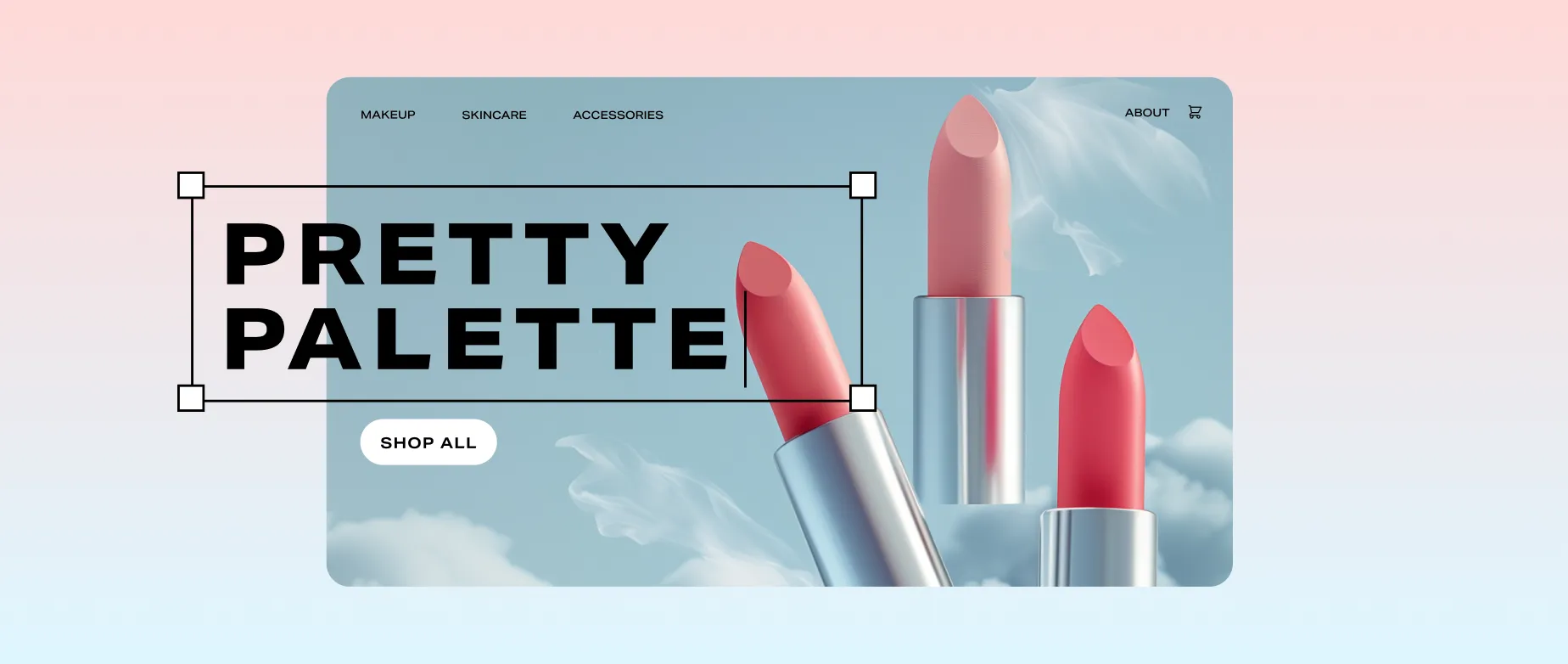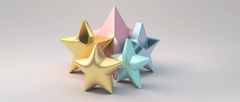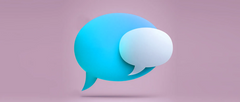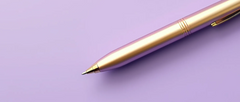
The Timeless Appeal of Flat Design: Navigating the Modern Digital Aesthetic
Table of Contents
- Key Highlights:
- Introduction
- What is Flat Design?
- Benefits of Flat Design
- Limitations of Flat Design
- Flat Design 2.0: A New Hybrid Approach
- Notable Examples of Flat Design
- Flat Design Implementation: Five Essential Tips
Key Highlights:
- Flat design emphasizes simplicity, utilizing two-dimensional elements that enhance user experience through clarity and speed.
- While it carries significant advantages, flat design has its limitations, particularly for users needing visual cues for navigation.
- The evolution into Flat Design 2.0 suggests a hybrid approach, integrating subtle 3D elements to enhance usability.
Introduction
In the ever-evolving realm of web design, trends shift, yet certain styles remain impactful through their adaptability and functionality. Flat design emerged as a revolution, marking a departure from the overly ornate skeuomorphic designs that characterized the early internet era. Today, as brands strive for clarity and efficiency, flat design stands as a beacon of modernity, favoring two-dimensional simplicity and usability. Understanding the nuances of flat design—its principles, benefits, and challenges—is crucial for anyone looking to create engaging digital experiences in contemporary web interfaces.
What is Flat Design?
To comprehend flat design, one must first appreciate what it contrasts against. Skeuomorphic design dominated the early 2000s, often characterized by three-dimensional effects meant to emulate physical objects. This included design features like heavy shadows, textures, and ornamental elements that created depth and complexity. Although once viewed as cutting-edge, this approach can now feel outdated and cumbersome.
Flat design, on the other hand, adopts a minimalist aesthetic that functions without the illusion of depth. The hallmark of flat design lies in its commitment to simplicity—featuring clean lines, bold colors, and a focus on functionality over visual embellishments. Elements are laid flat and create definitions through negative space, resulting in interfaces that are not only visually appealing but also exude a sense of modernity.
Drawing inspiration from Swiss-style graphic design, also known as international typographic style, flat design promotes clarity and straightforwardness in communication. It removes distractions, allowing users to focus solely on the content at hand, reminiscent of classic print designs, while being uniquely tailored for digital contexts.
Benefits of Flat Design
Flat design is synonymous with clear communication. In a digital landscape rife with competing distractions, the trend underscores the importance of getting to the point without convoluted visuals. Advantages of flat design extend beyond visual appeal; they encapsulate crucial aspects of user experience.
-
Enhanced Readability: The use of large typography and ample white space allows users to digest information quickly. Text that stands out against contrasting backgrounds is more easily absorbed, facilitating a seamless browsing experience.
-
Faster Loading Times: The minimalist aesthetic typically employs fewer graphic elements, resulting in faster loading times. Modern users expect swift access to information; websites designed with flat principles tend to meet these expectations more readily.
-
Responsive Design: Flat elements scale seamlessly across different devices, ensuring that the user experience remains coherent whether accessed from a desktop or mobile. Simplicity aids in the adaptation of design elements, making it easier for users to interact with content, particularly on smaller screens where complex visuals can become cumbersome.
-
Appeal to Mobile Users: Flat design's clear, uncluttered interfaces resonate well with mobile users, who often prioritize efficiency and quick navigation over decorative features.
Limitations of Flat Design
While flat design presents numerous advantages, it is not without its drawbacks. For all of its strengths in clarity and speed, there are significant usability challenges, particularly for certain demographics.
-
Accessibility Concerns: Flat interfaces may alienate users who rely on visual cues for navigation. Older users, children, and individuals with cognitive or vision impairments often thrive on interfaces that guide them through familiar metaphorical structures. A lack of texture or dimension in a flat design can lead to confusion as these users might struggle with navigation.
-
Misinterpretation of Interactivity: With minimal cues, users may find it difficult to discern interactive elements from static ones. Unlike skeuomorphic designs that provide hints such as shadows and gradients to indicate functionality, flat design relies heavily on users’ prior experiences and intuitions.
-
Lack of Visual Hierarchy: Flat designs can sometimes undervalue the significance of hierarchical displays of information. Over-simplifying to achieve minimalism may lead to a layout that hampers rather than facilitates user understanding and interaction.
Flat Design 2.0: A New Hybrid Approach
As digital design evolves, so does the need for adaptability. Enter Flat Design 2.0, a refined iteration that introduces subtle shadows and gradients back into the mix, producing a semi-flat aesthetic. This approach attempts to leverage the strengths of both flat and skeuomorphic designs, promoting a more accessible and user-friendly experience.
Flat Design 2.0 bridges the gap for those who need visual guidance while preserving the elegant simplicity that flat design embodies. By incorporating carefully placed shadows and gradients, designers can create clickable elements that are both functional and visually pleasing. Brands leveraging Flat Design 2.0, like Better Booch, showcase this balance by using color and motion to create a sense of depth without overwhelming the user.
Notable Examples of Flat Design
Seeing flat design principles in action helps to fully appreciate its implications. Several websites offer pristine examples that reflect the best attributes of this design philosophy.
1. Goodboybob Coffee Roasters
The Goodboybob website exemplifies flat design through its use of high-contrast boxes and a clean sans-serif type scheme. This design choice enhances legibility while maintaining a modern aesthetic.

2. NOOCI
Through an application of Shopify’s Silk template, NOOCI captures the essence of Flat Design 2.0. The subtle drop shadows on product cards invite interaction without overshadowing the minimalist vibe of the site.

3. Umanos
Umanos, a hair care brand, uses vivid primary colors and strong typography to establish its brand identity, thus employing the Swiss design influence effectively.

4. Cowbird Coffee Roasters
Cowbird Coffee Roasters implemented Flat Design 2.0 with its use of shading effects that reveal themselves during user interaction, enhancing usability through visual feedback.

5. Malapata Art Gallery
The Malapata Art Gallery’s site employs a pastel background to accentuate artwork while utilizing drop shadows strategically, creating an engaging flat design experience.

Flat Design Implementation: Five Essential Tips
With an understanding of flat design principles, incorporating them into your website can enhance user experience significantly. Following these key strategies can ensure your implementation is not only effective but also user-friendly.
1. Employ Standard UI Patterns
Consistency in design strengthens the usability of your digital interface. Users have become accustomed to standard interface elements, such as navigation menus, buttons, and icons. Applying recognized UI patterns not only aids in intuitive navigation but also solidifies the overall user experience.
2. Establish a Clear Visual Hierarchy
Establishing a clear hierarchy allows users to scan your site efficiently. Important information should be distinctly sized and colored to command attention. Underlining hyperlinks and utilizing color variation for navigational links enhances immediacy.
3. Stick to the Grid
Grid-based layouts organize content in a user-friendly manner, allowing users to scan through information more swiftly. Distributing elements spirally or evenly across the grid ensures a logical flow of information.
4. Heighten Contrast
Accessibility remains paramount in web design. Adhering to color contrast best practices allows users, particularly those with vision impairments, to navigate comfortably. Tools can help assess color harmony and ensure your design is inclusive.
5. Utilize Subtle Animations
Adding motion or subtle animations can create an engaging experience, communicating interactiveness without overwhelming the user. Features such as hover effects on images or buttons can guide users through their journey on your site.
FAQ
What is flat design?
Flat design refers to a visual style emphasizing simplicity through two-dimensional elements. Popularized in the early 2010s, its key characteristics include minimalistic approaches to color, typography, and form.
Is flat design losing popularity?
Flat design remains a prevalent choice in web development. However, its evolution, particularly towards Flat Design 2.0, sees it integrating aspects like shadows and gradients to enhance usability while retaining its core principles.
What is the opposite of flat design?
Flat design contrasts with skeuomorphic design, which seeks to replicate three-dimensional visual cues and textures from the physical world. Skeuomorphic design often includes effects like shadows and gradients to mimic real-life objects.
In a digital environment increasingly influenced by user experience and engagement, flat design—and its evolved forms—will undoubtedly continue to shape the aesthetics of web design in meaningful ways. Firms and designers who acknowledge these principles will be poised to create platforms that resonate with users and stand the test of time.
POWER your ecommerce with our weekly insights and updates!
Stay aligned on what's happening in the commerce world
Email Address
Handpicked for You

22 August 2025 / Blog
Navigating Customer Experience Trends: Strategies for 2024 and Beyond
Read more
22 August 2025 / Blog
Maximizing Efficiency: A Comprehensive Guide to Customer Service Outsourcing
Read more
22 August 2025 / Blog


